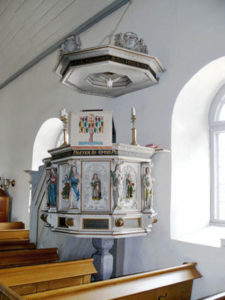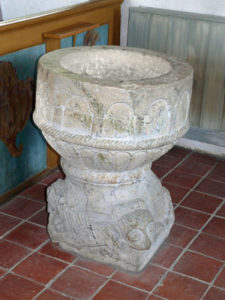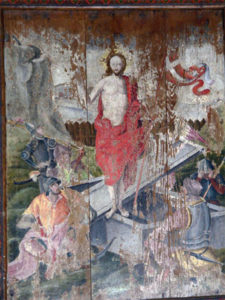Blentarps Kyrka














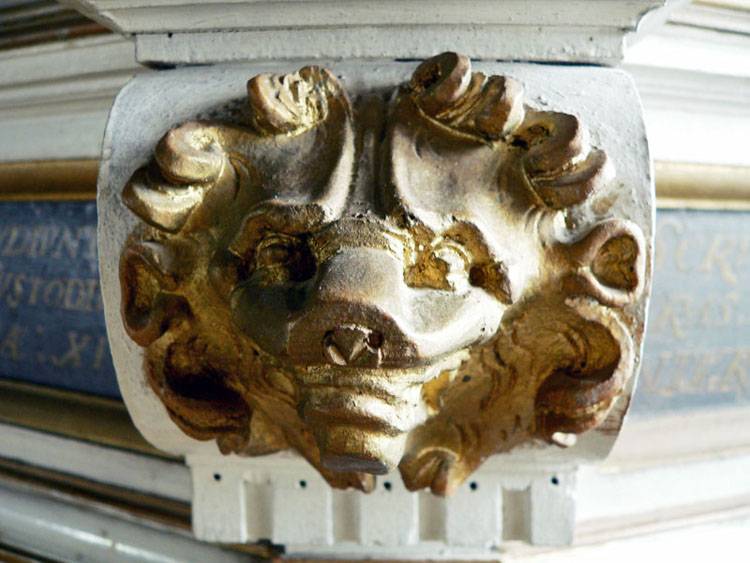
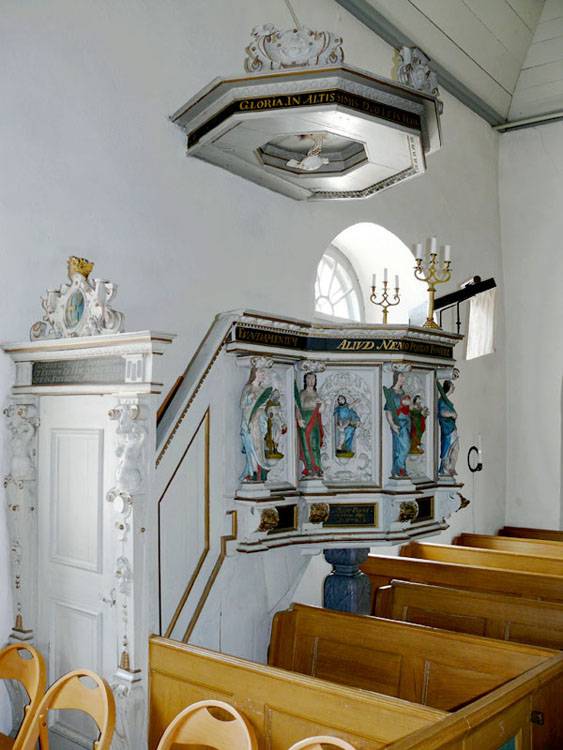






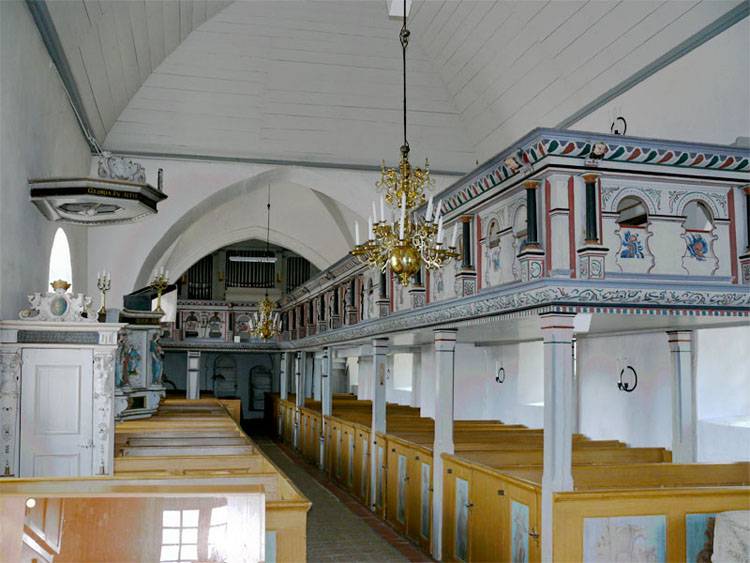




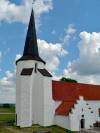


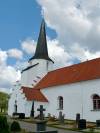

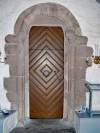


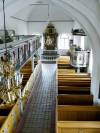
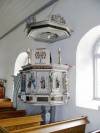






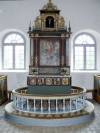
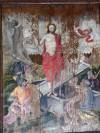
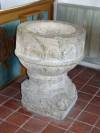




Blentarps Kyrka
Where to find this church
Church Information
Blentarps Kyrka is located in Blentarp, a village in Skåne län/Scania in southern Sweden.
This church is usually open to visitors
* denotes external links that open in a new window
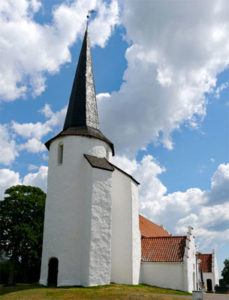
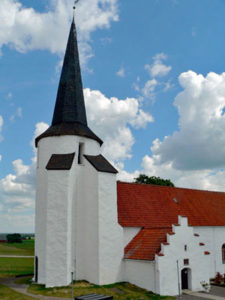
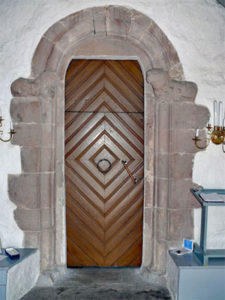
Visiting Blentarps Kyrka
The church in Blentarp was built of fieldstone in the second half of the 12th century. In the 13th century, two portals with stepped gables were added to the nave in the south. The round tower with octagonal spire and two buttresses probably also dates from this time.
The door to the south, which was the entrance for the men in the Middle Ages, is framed by square-cut red sandstone. On either side of the door, two lions protect each other from evil. This entrance has an important symbolic meaning: in John 10:9 Jesus says: “I am the gate; whoever enters through me will be saved. They will come in and go out, and find pasture.” The iron ring of the door, shaped like a two-headed serpent, further reinforces the symbolism of the protective function of the church.
The original furnishings include the limestone baptismal font. The bowl is decorated with twelve round arches (analogous to the twelve apostles) and a rope pole ornament below. At the base are two lions and a ram, with one lion biting the ram’s neck. The ram represents evil and is held in place by the lion. The other lion lies still but carefully guards against the evil of the earth. The stonemason who executed this symbolic work belonged to the Mårtensgruppen who were active in Scania at the time. Together with his co-workers, Mårten Stemästere made a large number of baptismal fonts in Scania.
In the 17th century it was customary to place iron-bound tree trunks, so-called poor-offering sticks, in front of the church gate to collect money for needy parishioners. One of these has been preserved. The altarpiece and the pulpit also date from this period. They were bought for the church in Blentarp from Öved’s medieval church in 1759 when it was to be demolished. The altarpiece is architecturally built in the Renaissance style with linked Ionic columns bearing a prominent monogram AC on the coat of arms. It probably refers to King Christian IV’s first wife, Anna Cathrine. The top offered a surprise when it was restored in 1967: underneath the 18th century painting on canvas depicting the communion scene, an original painting was discovered – the resurrection of Jesus, painted directly on three wide oak boards. Jesus is standing at the edge of the opened sarcophagus with the flag of victory (Danish) in front of silent soldiers. The painting shows the date 1603 and is signed E.E.S.. The pulpit is carved in a restrained but elegant Renaissance style. As with the altarpiece, there is no information about the woodcarver. Caryatids (female figure replacing a supporting column) rhythmically divide the six relief panels with motifs including the four evangelists and their attributes – man, lion, ox and eagle.
The first decades of the 18th century were a difficult time for the parishes of Scania with forced Swedishisation and the plague epidemic of 1711-13. The upkeep of the parish churches was therefore neglected. It was not until the middle of the 18th century that they could be renovated. In 1754, the Romanesque choir side of the church in Blentarp was demolished and replaced by a new straight choir with curved contour gables in the Baroque style. Further back in the church, the pews have fold-out seats for the “servant hen” – a reminder of the social classes of the time.
Conclusion: beautiful and open church with plenty to see
